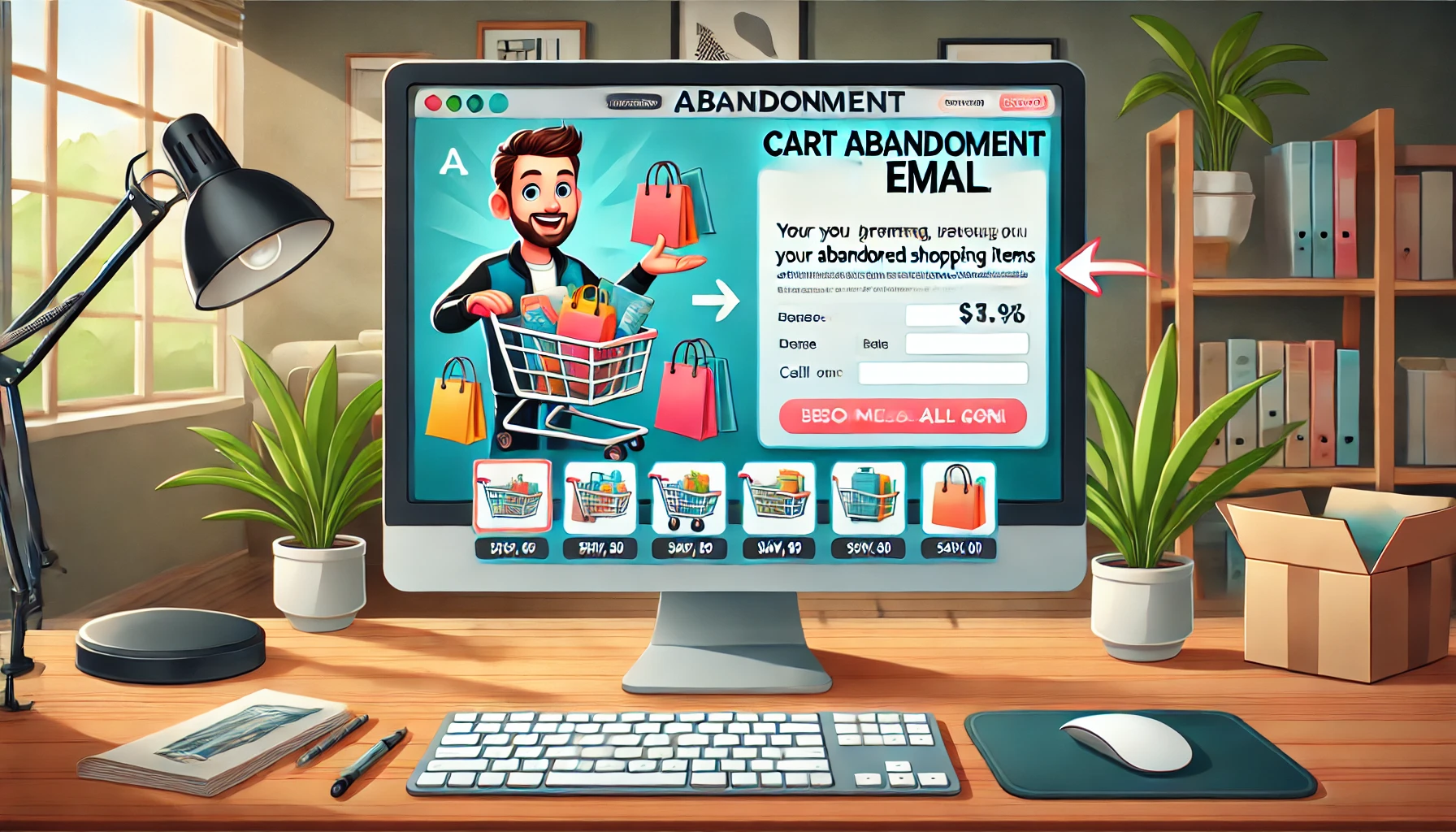Back in February 2004, a bunch of former Harvard students—Eduardo Saverin, Andrew McCollum, Dustin Moskovitz, Chris Hughes, and Mark Zuckerberg—kicked off this social networking site called Facebook, initially just for Harvard kids. It took off like wildfire, and within a couple of months, over half the Harvard student body was logging in and using it.
By March, they opened it up to students at Columbia, Stanford, and Yale. Fast forward to 2006, and very much everyone could jump on the bandwagon. Even Zuckerberg probably didn’t see coming just how huge Facebook would get.
Fast forward 13 years, and Facebook isn’t just a website; it’s the website. Valued at a whopping $500 billion and boasting over 2 billion active users every month, it’s taken over. The average person in the US is on Facebook for like 40 minutes a day.
It’s more than just a site; it’s part of our daily lives, reshaping how we share and connect with each other.
But it’s not all good news. With great power comes, well, some people looking to exploit it. Recently, there’s been a surge in fake profiles—bots and imposters causing all sorts of chaos, from spreading lies to scamming people.
Last November, Facebook’s bigwig lawyer, Colin Stretch, chatted with Congress about tackling these fakes. He reckoned between 2% to 6% of all Facebook accounts were fakes—that’s anywhere from 40 to 200 million profiles!
Stretch said they’re ramping up efforts, doubling their review team to 20,000 and beefing up their AI to catch these fakes faster.
But here’s the deal: while Facebook is upping its game, we also need to stay sharp. You’d be amazed at how many fake profiles you come across without even realizing.
So, let’s get into how you can spot these fakes and what you can do about them. Trust me, once you start looking, you’ll see them everywhere.
What Are Fake Profiles?
Fake profiles on Facebook can be a real problem. They might look like a friend or a potential love interest, but don’t be fooled. Their intentions can range from harmlessly trying to influence your opinions to more dangerous goals like stealing your money, valuables, or even your identity.
There are generally two types of fake Facebook accounts: Sock Puppets and Bots.
Sock Puppets
Sock puppet profiles are usually run by a real person pretending to be someone else. According to Wikipedia, a sock puppet is “an online identity used for purposes of deception.” The term originally referred to a false identity created by someone who would talk to or about themselves as if they were another person. Unlike pseudonyms, the aim here isn’t anonymity but to spread information that defends, praises, or supports a person, organization, or ideology to manipulate public opinion.
Bots
A bot, short for robot, is an automated social media account that operates without human interaction, like a plane on autopilot. These accounts have limited capabilities and artificial intelligence. Often, one sock puppet will control multiple bots to share, repost, comment, or like a post to boost its visibility, make it trend, or even go viral.
How to Spot a Fake Profile
Alright, let’s dive into the world of fake profiles on Facebook. You might think it’s tough to spot these fakes, but some clues can give them away, especially if you know what to look for. Here’s the rundown on how to tell if that new friend isn’t really a friend at all.
Profile Pictures
First up, check out their profile picture. This is usually the easiest giveaway. A lot of fake profiles use photos they’ve snagged from somewhere else to seem more appealing or just, you know, real. Want to crack this? Just grab their profile photo, pop it into Google Image Search, and see where else it pops up. If the photo is all over the internet or belongs to someone else, bingo—you’ve got a fake.
Photo Count
Now think about your own Facebook profile or your friends’ profiles. They’re like digital scrapbooks, right? Full of photos from trips, birthdays, random selfies, and whatnot. If a profile you’re checking out has just a few pics or none where they’re tagged by others, it might be a red flag. Creating a fake life in photos isn’t easy, so most scammers don’t bother.
Too Good to Be True?
Here’s a tip mainly for the guys—watch out for profiles of very attractive women reaching out of nowhere. It’s a common trick. Real talk: very attractive people usually don’t need to randomly friend someone; they get plenty of attention as it is. Not all stunning profiles are fakes, but it’s a common tool scammers use. If a model-like profile sends you a friend request or a message and you don’t know them, be cautious.
Outdated Layouts
Lastly, take a peek at the layout of their profile. Facebook updates its interface very regularly. If someone’s profile looks like it’s stuck in a time warp—using a layout from years ago—that’s a hint they might not be legit. Most real users will have the latest layout because it updates automatically.
Friend Count
Most regular people like you and me have around 388 friends on Facebook, give or take. Sure, some people are social butterflies and might have way more, especially the younger crowd. Then there are those who keep their circle tight, only adding people they know well. But here’s the thing: if you come across a profile with either a massive following or barely any friends, that’s a heads-up—it might not be a real person.
Mutual Friends
Ever get a friend request from someone you don’t know? Yeah, big red flag right there. That flag waves even wilder if you guys don’t share any mutual friends or just have a few. Usually, people within the same circle tend to be connected. It’s very rare for someone to randomly add you without any shared connections unless there’s a specific reason.
Odd Backgrounds
When you check someone’s profile, there’s usually a short bio on the left side of the page—hometown, birthday, schools attended, where they work, that kind of stuff. If this info is missing or just doesn’t line up, that’s sketchy. It could be a sign you’re looking at a fake.
Unresponsive or Weird Responses
Think you’re dealing with a bot? Try sending them a private message. Real people usually reply, but bots? Not so much. And if you get a reply in broken English from someone who claims they studied English Lit at a top uni, chances are something’s fishy.
Recent Activity
Real users are very active. They post updates, share stuff, comment on friends’ posts—you get the idea. If a profile seems inactive or just spams the same kind of content over and over, like biased political rants, it’s probably not legit.
What to Do if You Spot a Fake
Ran into a bot or a sock puppet account? Here’s the deal: understand what it is—a tool meant to deceive or spread false info. Best course of action? Ignore it, move on with your life, or hit that report button. You’ll find it right under their fake friend list.
And whatever you do, don’t give out personal info. Seriously, no matter how convincing the story, like some Nigerian prince needing your social security number to save his grandma—just don’t.
Stay smart about these signs, don’t fall for the tricks, and you’ll be totally fine.













